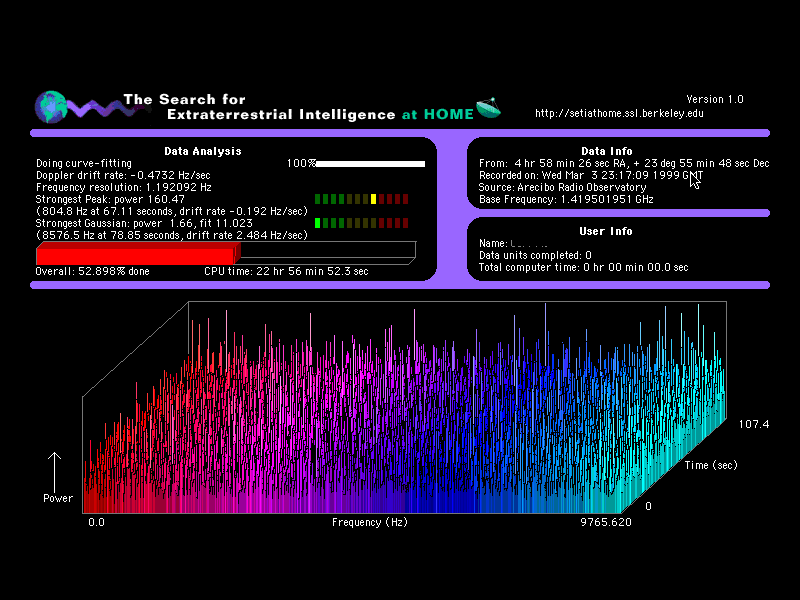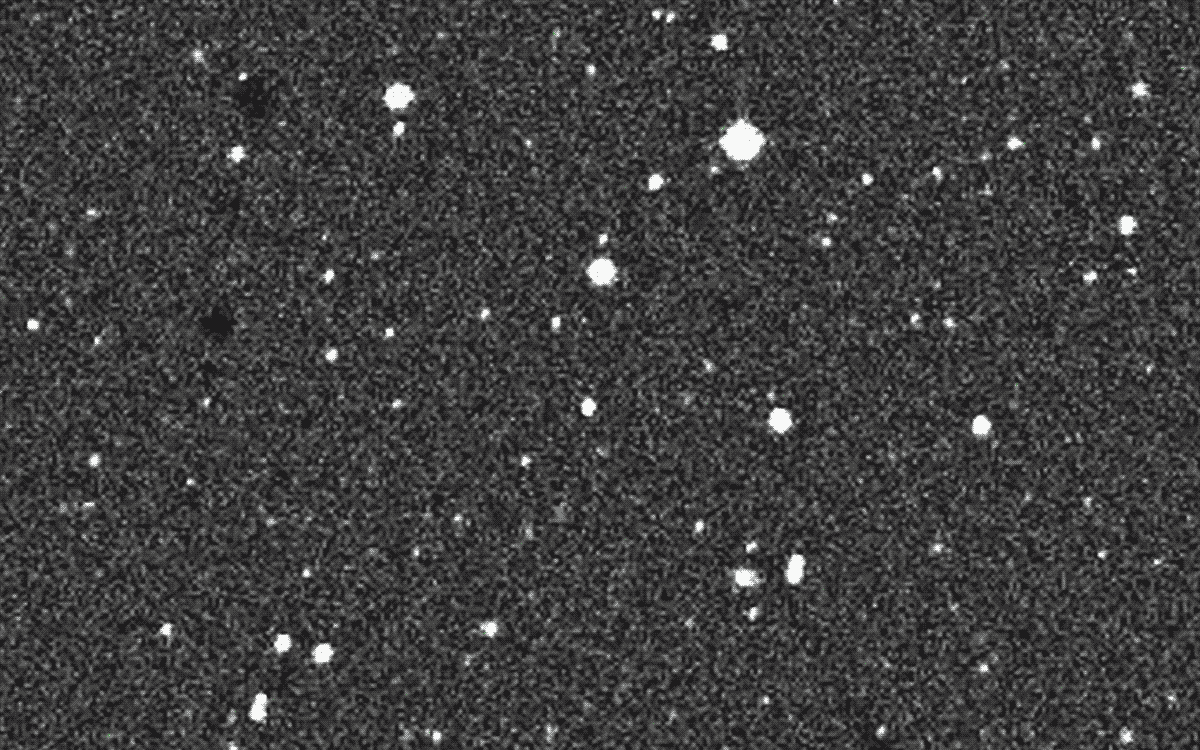SETI@Home

After 21 years, Berkeley’s SETI Research Center announced that it will shut down its distributed computing project SETI@home on March 31st, 2020. Launched in May 1999, the popular (screensaver) software allowed users to donate CPU time to analyzing data from the Arecibo radio telescope in search of alien life.

Metadata:
